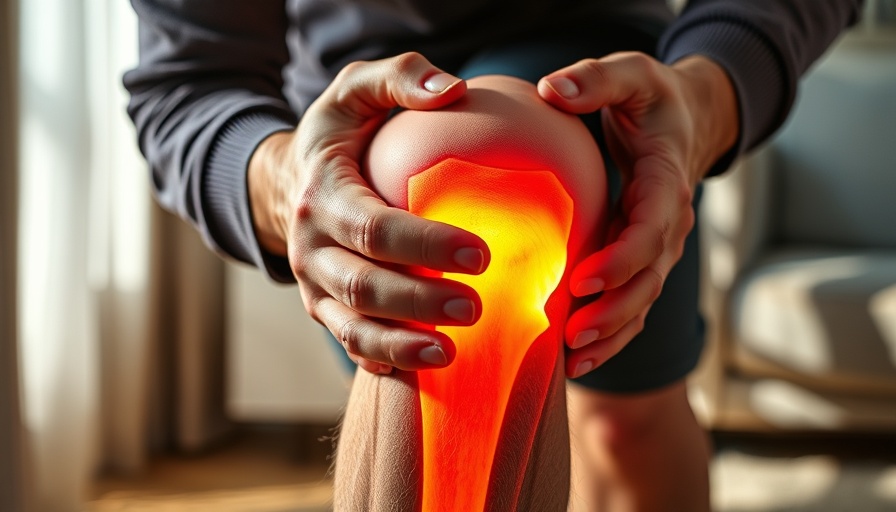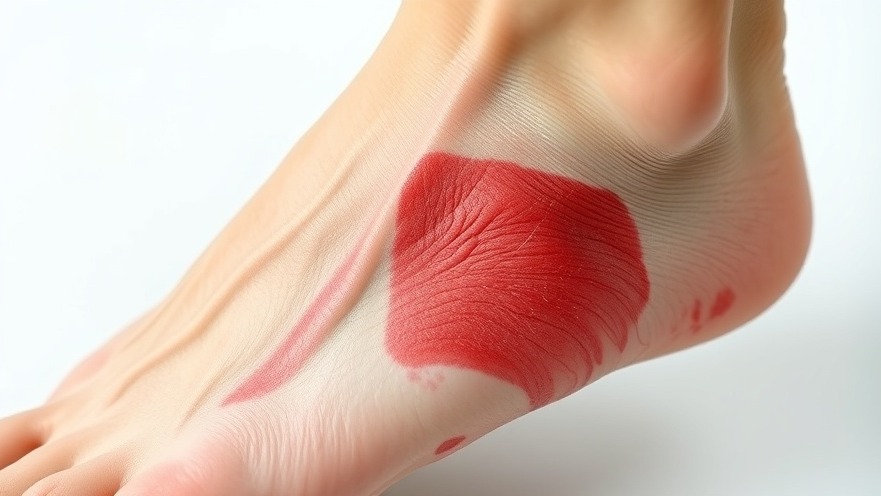
Simple Yet Effective Therapies for Knee Osteoarthritis
If you’re struggling with knee osteoarthritis (KOA) or you're in recovery from a related issue, you might be feeling overwhelmed by treatment options. However, recent research indicates that simple therapies such as knee braces, hydrotherapy, and exercise outperform traditional medications in providing relief and enhancing mobility.
Hard Evidence Supports Non-Drug Treatments
A comprehensive analysis of nearly 10,000 patients revealed noteworthy insights. The research, published in the journal PLOS One, emphasizes that non-drug therapies are distinctly effective in managing knee pain associated with osteoarthritis. In a world where many turn to anti-inflammatory drugs that carry potential gastrointestinal and cardiovascular risks, this revelation presents a refreshing perspective on effective pain management.
The Top Dogs: Knee Braces and Hydrotherapy
Knee braces took the spotlight as the leading treatment, demonstrating significant improvements in pain reduction and overall function. Hydrotherapy, which involves performing exercises in warm water, emerged as an exceptional option, delivering both physical and mental benefits. According to the analysis, general exercise consistently showed effectiveness as well, enhancing both pain relief and physical capabilities, making these options highly suitable for those in recovery.
Understanding the Risks of Conventional Medications
The risks associated with common medications can deter individuals from seeking pain relief through pharmacological means. Anti-inflammatory drugs, while prevalent, may lead to adverse effects that can complicate health, especially in older adults. In contrast, embracing low-cost, drug-free alternatives not only offers relief but can lead to a better overall quality of life.
The Importance of Functional Mobility
Restoring functional mobility is crucial to the rehabilitation process. Whether it’s the simple act of getting up to walk around the house or going for a stroll in the neighborhood, maintaining mobility can make a significant difference in one’s comfort and independence. Adopting therapies like those studied – braces and water-based exercise – empowers individuals to take control of their healing journeys.
Future Trends: Shifting Treatment Paradigms
The findings of this meta-analysis are not just theoretical; they signify a potential shift in clinical guidelines toward prioritizing accessible, affordable techniques to support those living with knee osteoarthritis. As the data shows, integrating these therapies into standard practice could greatly enhance treatment outcomes and minimize the reliance on pharmaceuticals.
Incorporating Walking for Joint Health
Beyond therapeutic interventions, simple practices such as walking can also play a significant role in managing knee osteoarthritis. Studies indicate that adjusting one's walking pace may reduce the risk of knee surgery while enhancing longevity. Aim for at least 7,000 steps a day – a benchmark linked to a 47% reduction in death risk. By focusing on maintaining an active lifestyle, individuals can contribute positively to their health journey.
Embracing Comprehensive Health Solutions
In this day and age, we are fortunate to have technologies such as smart insoles, which can monitor walking forms and provide insights into posture while walking or running. These devices can help adjust gait to alleviate stress on knee joints, further supporting recovery from osteoarthritis. Harnessing both traditional therapies and modern technology can create a more rounded approach to health and rehabilitation.
Transforming Your Approach to Knee Osteoarthritis
In summary, there are simple yet highly effective approaches to manage knee osteoarthritis pain without the dangers associated with conventional drugs. Whether it's through choosing a supportive knee brace, engaging in hydrotherapy exercises, or simply increasing your daily steps, each step towards health is significant.
To effectively tackle knee osteoarthritis and embrace a healthier lifestyle, consider incorporating non-drug therapies into your routine. For those on this journey, adjusting how you move and incorporating physical therapy options could lead to remarkable outcomes. Embrace these less risky, evidence-based strategies for a more supported recovery journey.
 Add Row
Add Row  Add
Add 




Write A Comment